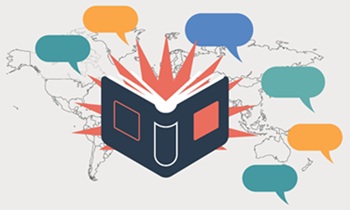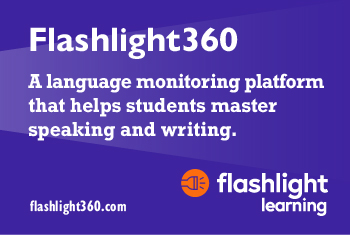Learning a language?
Four ways to smash through the dreaded ‘intermediate plateau’
By Jill Boggs, The Conversation
 Jill Boggs chronicles her experience teaching English in South Korea and her language journey trying to learn Korean. The usual advice of “dedicate time and effort” did not seem to work for her or her students. After she left South Korea, she discovered the four types of practice in Paul Nation’s “balanced approach to language learning” and used them in her language acquisition quest.
Jill Boggs chronicles her experience teaching English in South Korea and her language journey trying to learn Korean. The usual advice of “dedicate time and effort” did not seem to work for her or her students. After she left South Korea, she discovered the four types of practice in Paul Nation’s “balanced approach to language learning” and used them in her language acquisition quest.
- Meaning-focused input – This is fully understanding the content of written or spoken language, and not just getting the basic idea.
- Meaning-focused output – Every opportunity to have a conversation or even write emails in the language can help. It is not necessary to converse with a native speaker of that language.
- Language-focused learning – Practicing grammar, vocabulary, and pronunciation are essential. Using language games and apps can make the process more engaging and help track improvement.
- Fluency practice – Boggs recommends “conversation practice, speed-reading exercises, or impromptu speech drills”.
The author notes that it is not necessary to include all four types of practice in every language learning session. However, “For those like me who are feeling stagnant in their language learning journey, re-balancing your approach may just be the key to breaking through the plateau.”

 Stavely addresses the issue of long-term English learners’ test scores in California schools. Tracking these students became a requirement after a bill requiring it was signed in 2022. The data showed that students who had not tested out of ESL classes performed worse in academic tests than those who tested out more quickly.
Stavely addresses the issue of long-term English learners’ test scores in California schools. Tracking these students became a requirement after a bill requiring it was signed in 2022. The data showed that students who had not tested out of ESL classes performed worse in academic tests than those who tested out more quickly.
